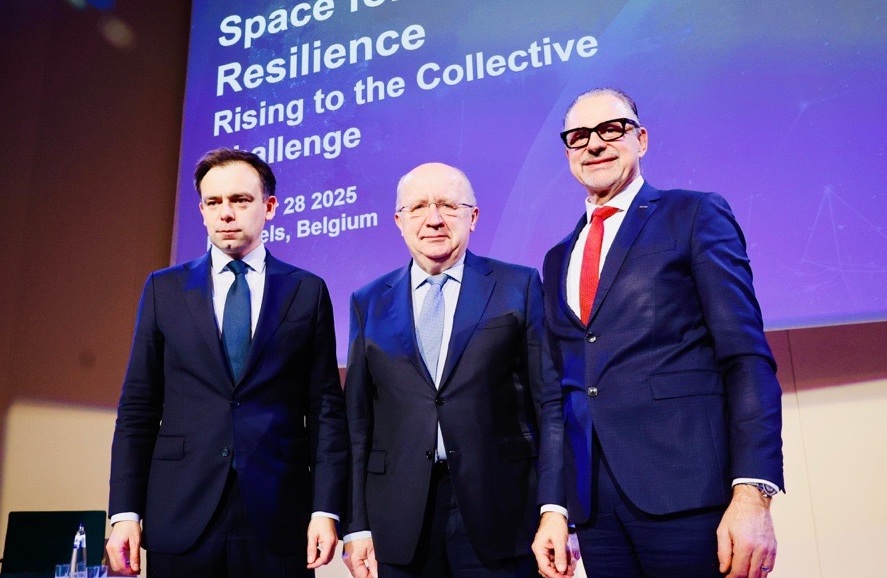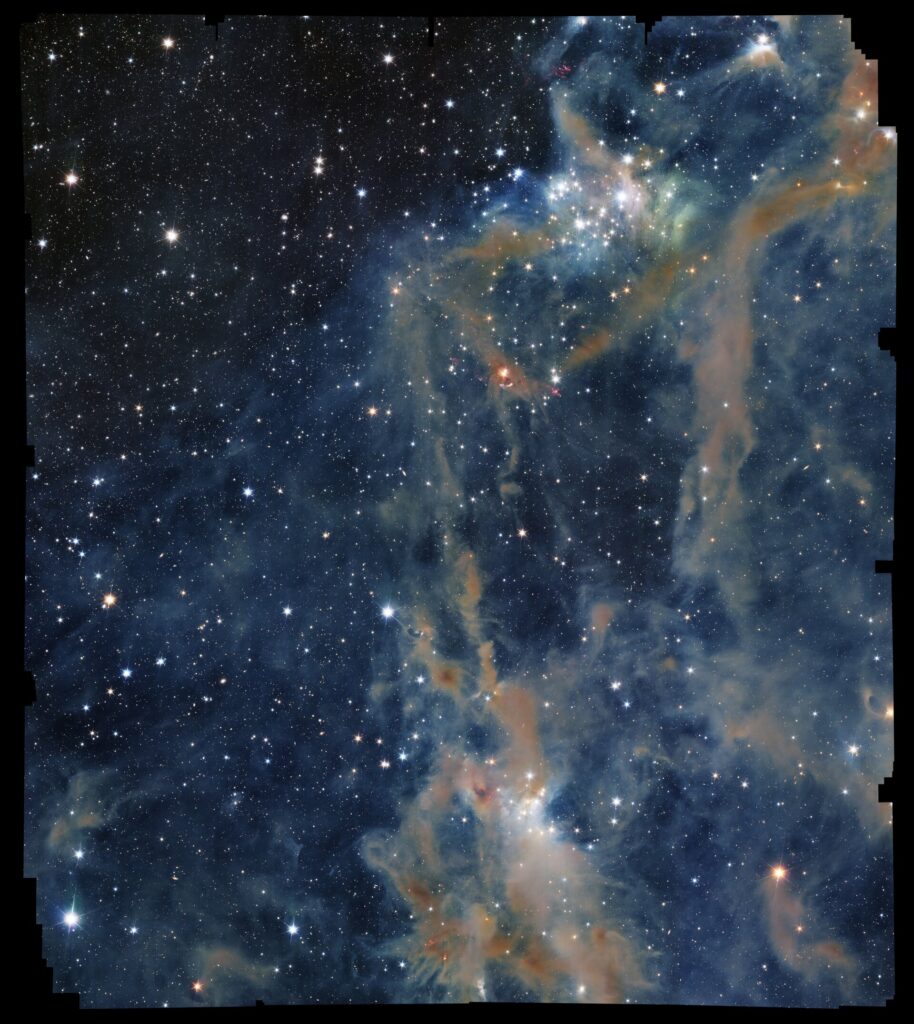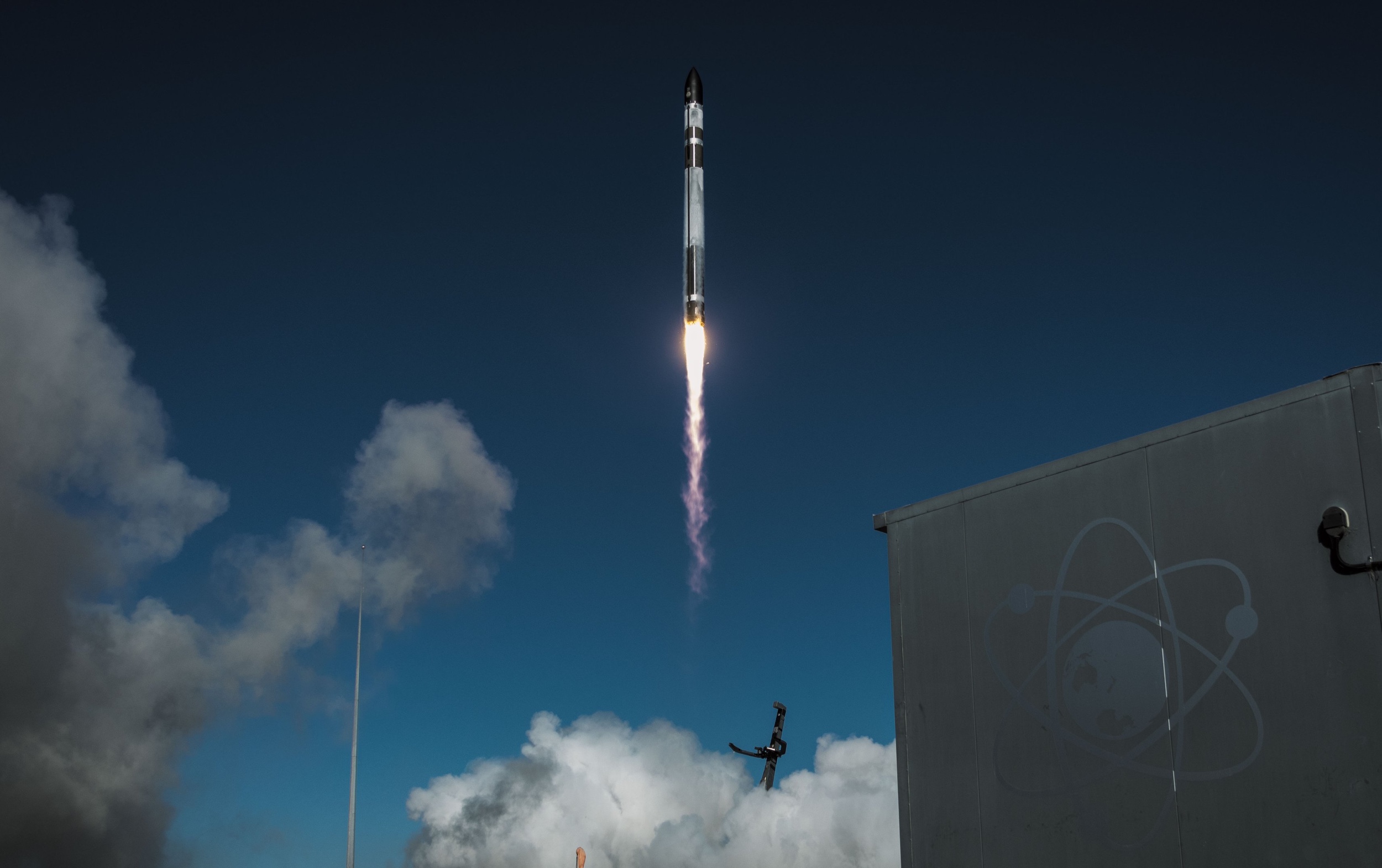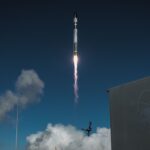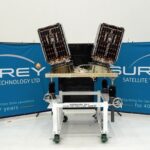Now Reading: ESA’s HydroGNSS Scout satellites ready for launch
-
01
ESA’s HydroGNSS Scout satellites ready for launch
ESA’s HydroGNSS Scout satellites ready for launch


06/11/2025
20 views
0 likes
After arriving at the California launch site at the end of September, the two HydroGNSS satellites have been carefully prepared for liftoff, scheduled this month.
HydroGNSS – a twin-satellite mission – marks the European Space Agency’s first ‘Scout’ venture. By harnessing signals from navigation satellites, HydroGNSS will help scientists gain new insights into key climate variables linked to water.
The identical microsatellites will launch aboard a SpaceX Falcon 9 rocket from Vandenberg Space Force Base, sharing their Transporter-15 ride into orbit with several other small satellites.
Since their arrival, the HydroGNSS satellites have undergone a series of final checks – including testing, propellant loading, battery charging and integration with their launch adapter.
Both satellites are now ready for the next milestone: closing of the rocket fairing.
ESA’s HydroGNSS Project Manager, Jean-Pascal Lejault, said, “Reaching this milestone is a tremendous achievement, and I am incredibly proud of the entire team behind HydroGNSS. Developing ESA’s first Scout mission within such a tight timeframe and budget has required exceptional dedication and ingenuity. My special thanks go to our prime contractor Surrey Satellite Technology Ltd in the UK and the ESA project team – their commitment and creativity have made HydroGNSS possible.”
Once in orbit, the two satellites will travel 180 degrees apart around Earth to maximise coverage. They will use an innovative technique called Global Navigation Satellite System (GNSS) reflectometry to quite literally ‘scout for water’.
Navigation satellites such as GPS and Galileo transmit L-band microwave signals that change when reflected off Earth’s surface. HydroGNSS will compare these reflected signals with the direct GNSS signals to extract valuable information about geophysical parameters related to the water cycle.
The mission focuses on four crucial variables, all recognised as Essential Climate Variables or closely related to them: soil moisture, freeze–thaw state over permafrost, inundation, and above-ground biomass.
These data are vital for improving our understanding of Earth’s water cycle, agricultural planning, flood prediction, and our understanding of wetlands, permafrost dynamics and forest carbon storage.
As ESA’s first Scout mission, HydroGNSS is part of the agency’s Earth Observation FutureEO programme. Scout missions are designed to deliver cutting-edge science quickly and affordably, complementing ESA’s larger Earth Explorer missions.
Inspired by the principles of New Space, the Scout programme emphasises agility and innovation – using small satellites to miniaturise proven technologies or demonstrate entirely new ways of observing Earth.
Each Scout mission must move from kick-off to launch within just three years and under a budget of €35 million, covering everything from satellite development to in-orbit commissioning. The resulting data are provided as a service to the scientific community and ESA, helping accelerate our understanding of the planet.
Stay Informed With the Latest & Most Important News
Previous Post
Next Post
-
 012024 in Review: Highlights from NASA in Silicon Valley
012024 in Review: Highlights from NASA in Silicon Valley -
 02Panasonic Leica Summilux DG 15mm f/1.7 ASPH review
02Panasonic Leica Summilux DG 15mm f/1.7 ASPH review -
 03How New NASA, India Earth Satellite NISAR Will See Earth
03How New NASA, India Earth Satellite NISAR Will See Earth -
 04And Thus Begins A New Year For Life On Earth
04And Thus Begins A New Year For Life On Earth -
 05Astronomy Activation Ambassadors: A New Era
05Astronomy Activation Ambassadors: A New Era -
06SpaceX launch surge helps set new global launch record in 2024
-
 07Space Force plans new ‘Futures Command’ amid pressure to speed up modernization
07Space Force plans new ‘Futures Command’ amid pressure to speed up modernization












